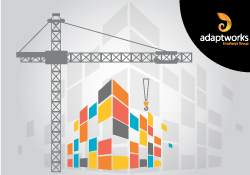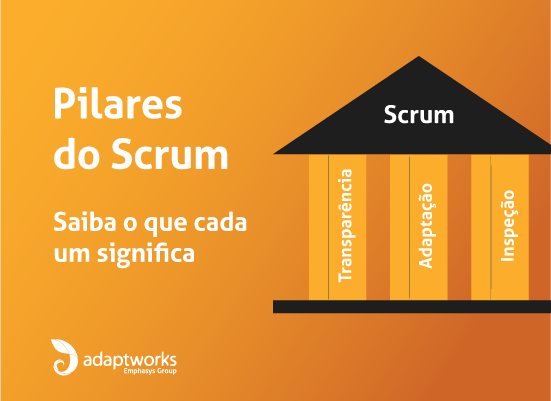Over the last year, Rafael Nascimento and I have been helping a big company through its global transformation towards the Agile state. This initiative has been a great experience for the whole Adaptworks team. We spent a lot of energy and we’ve got a lot of insights into how agile could be adopted by big companies. So, we would love to share with you our 5 key lessons from this case.
We won’t talk about the process or any internal decision made at this company but we’ll discuss in the next few paragraphs about our perspective as Agile Coaches. For this reason, the aim of these tips is to help other Agile Coaches to improve the action through some changing processes.
Let’s go to the tips:
- Combine the two hats – Agile Coaching is actually a combination of two approaches – Coaching and Mentoring. Remember that there’s a huge difference between both. When you’re acting as a Mentor, you provide the correct answers to solve some kind of problem. When you’re acting as Coach, you provide a set of questions to help people to find out the answers by themselves. So, it’s important to make this difference pretty clear to the audience. In addition, it’s vital that the Agile Coach recognises in which kind of situation Coaching and Mentoring could be applied.
- Pull coaching instead push coaching – After the startup phase, let people pull the Coaching or the Mentoring on demand. I mean, avoid pushing your service to people. Most of the time, only when people become aware of their problems, do they get the sufficient awareness and the motivation to accept Coaching. This is also a basic principle in Coaching. Many coaches get anxious to make the process work and don’t apply the right amount of patience that is needed to help a solution fit for that company and even for a specific team to flourish. So, keep your days busy talking to people about their environment, their problems and even about possible solutions to their problems. Keep yourself busy holding relevant talks and even internal webinars. Let people know that you’re capable of helping them, and they’ll talk to you when the time is right for them. And then you get (for free) a great opportunity to focus your energy, instead of wasting it chasing people that don’t want to listen to you.
- When you act as mentor, don’t start with magic solutions – Many coaches start their mentoring process by offering specific frameworks or specific tools to people. Agile, project management, business management and product development are really huge and have an amazing variety of tools that can be used in specific situations, using different mindsets. So, as a coach, really use the tools and frameworks that you have mastered from the toolbox. Again, invest most of your time listening to people’s problems, and offer them the tool or framework that may better fit their specific need and watch them walk away smiling.
- When you argue about the “why”, you’ll fail – When we’re in a change process we can organise the challenges into two big questions – why change? and how to change? The “why”, most of the time, is compounded by values, beliefs and assumptions etc. The “how” is more related to operational stuff. Due to these aspects, in our experience, if you as an Agile Coach are trying to argue about why the Coachee must change, you’ll fail. When you argue about the “why” you are trying to prove to someone about “my point of view is better than your point of view, so just accept what I’m saying!” It’s quite dangerous because most of the time, it sounds like “my why is better than yours” or in other words, “my values are better than yours”. For sure, this kind of approach causes resistance and difficulty in the change process. For this reason, as an Agile Coach, help the people with questions. Especially open questions to help them explore their mental model and to find their own why.
- Don’t forget the software – Although Agile transformations have a great focus on management processes and leadership/operations roles, it’s highly important that you, as a coach/mentor, don’t forget you’re aiming to optimise processes for software development. What’s more, delivery/quality processes’ automation play a greatly important role here. It doesn’t matter how wonderfully the teams are following the agile processes or how we’ve been able to teach great Product Owners or Scrum Masters, or even if we’ve been able to create a set of metrics that make total sense with the new value delivery mindset. If the teams (and their processes) are really fast in executing, but are getting stuck when they try to deliver or assess an increment quality, you’ll gain a beautiful bottleneck and effective management processes just won’t make it. So, be obsessed with teaching and even provoking people about delivery/quality automation showing them tools you’ve used and cases you know about, always keeping the subject alive and bothering them.
I hope you have enjoyed these lessons. We will share more tips soon. See you 🙂



